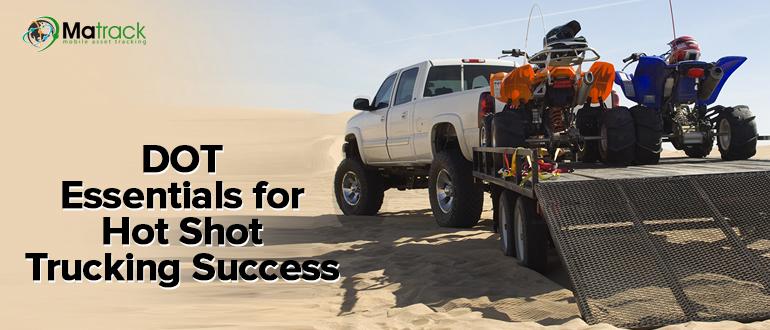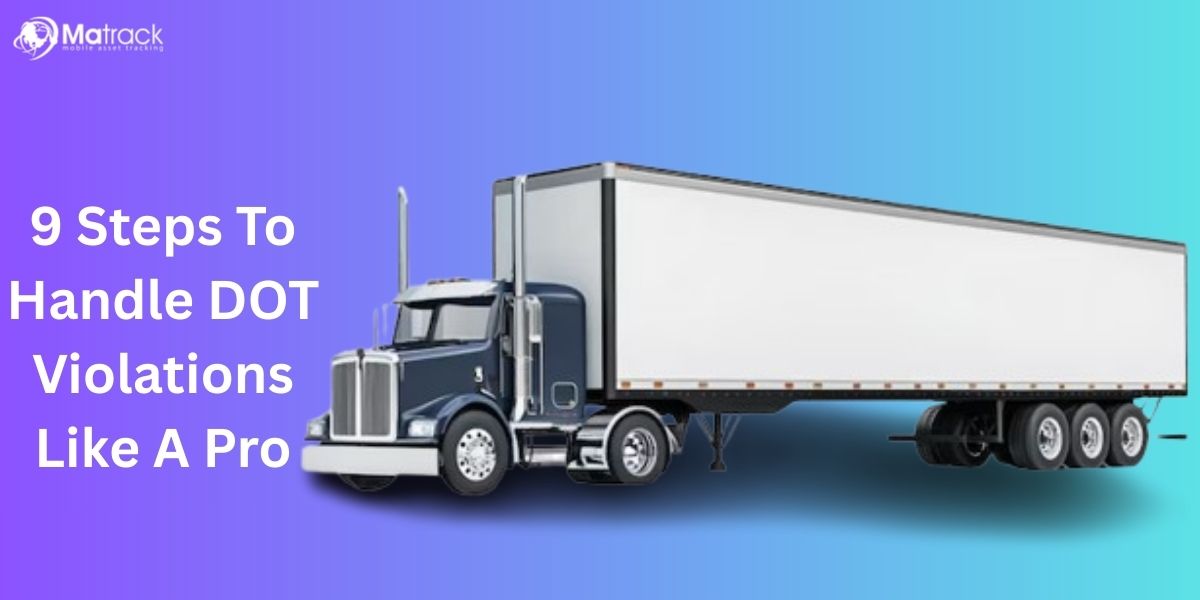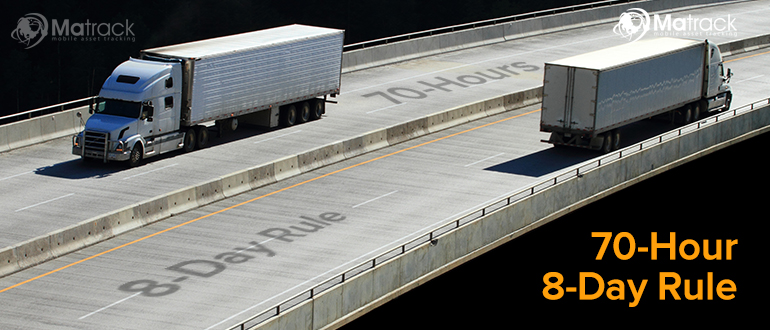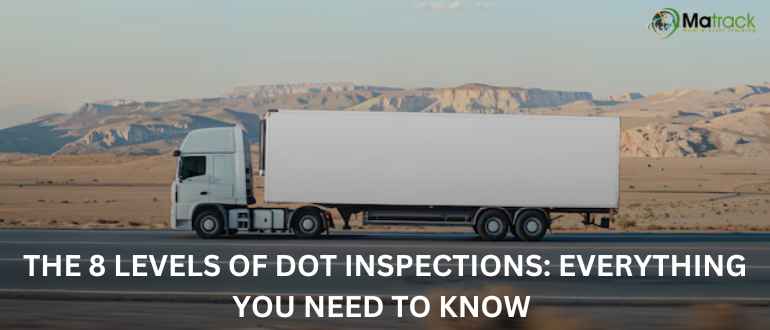Key Takeaways:
- DOT regulations require weight limits, vehicle inspections, HOS compliance, and proper licensing for hot shot trucking.
- Non-CDL hot shot trucking must keep the truck and trailer under 26,000 pounds and follow DOT rules if over 10,000 pounds.
- Hot shot trucking is cost-effective, with lower startup costs, fuel savings, and fewer expenses.
- Key challenges include understanding rules, staying compliant, finding good loads, and managing costs.
Hot shot trucking involves transporting smaller, urgent loads using medium-duty trucks. To operate legally, drivers must follow Department of Transportation (DOT) regulations for safety and compliance.
This guide explains the key DOT essentials for hot shot trucking. Following these rules ensures legal operations, safety, and a strong reputation in the industry.
Why are hot shot trucking dot regulations necessary?
Hot shot trucking comes with risks that DOT regulations help manage. These rules are essential for ensuring safety, reducing accidents, and maintaining smooth operations.
- Time Pressure: Tight delivery deadlines can lead to speeding and fatigue. DOT rules on driving hours ensure drivers get enough rest.
- Long Hours: Long hours on the road can cause fatigue and slow reaction times. Rest breaks required by DOT regulations help prevent these issues.
- Equipment Maintenance: Proper maintenance of trucks and trailers is crucial for safety. DOT rules require regular inspections to avoid breakdowns.
- Cargo Securement: Smaller loads can shift or fall if not properly secured. DOT standards ensure cargo stays safe during transport.
- Weather Conditions: Rain, snow, and ice make driving more dangerous. DOT rules encourage safer driving practices in bad weather.
- Traffic and Roads: Drivers often face heavy traffic and rough roads. DOT compliance helps them follow safety measures.
DOT regulations keep drivers safe and businesses compliant. By following these rules, hot shot truckers can reduce risks and build a strong reputation.
DOT Regulations for Hot Shot Trucking
Hot shot trucking requires compliance with specific Department of Transportation (DOT) regulations. These rules ensure safety, proper vehicle use, and legal operation.
Commercial Driver’s License (CDL) Requirements
Commercial Driver’s License (CDL) Requirements depend on your truck and trailer’s Gross Vehicle Weight Rating (GVWR). You need a CDL to operate legally if the combined GVWR is over 26,000 pounds.
A CDL isn’t usually required if the GVWR is 26,000 pounds or less. However, state laws can vary, so checking local requirements is essential. Learn about DOT requirements and regulations.
DOT Number and Motor Carrier (MC) Number
DOT Number and Motor Carrier (MC) Number are essential for hot shot trucking. A DOT number is required for any commercial vehicle over 10,000 pounds engaged in interstate commerce.
An MC number is necessary if you transport goods across state lines for payment. These numbers are crucial for legal operations and compliance tracking.
Insurance Coverage
Insurance Coverage is mandatory to protect your business. The DOT requires at least $750,000 in liability insurance, which increases to $1 million for hazardous materials.
Many operators carry $1 million in liability insurance and $100,000 in cargo insurance for better client trust. This level of coverage meets the demands of most shippers.
Hours of Service (HOS) Regulations
Hours of Service (HOS) Regulations limit driving to 11 hours within a 14-hour workday. After this, drivers must take a 10-hour break.
All vehicles manufactured after 2000 must use an FMCSA-approved Electronic Logging Device (ELD) to track driving hours and ensure compliance.
Vehicle Inspection and Maintenance
Vehicle Inspection and Maintenance are required for safety. The DOT mandates annual inspections to verify roadworthiness.
Drivers must also perform daily pre-trip and post-trip inspections to identify any issues. Keeping maintenance records helps avoid violations and downtime.
Related: CDL pre-trip inspection checklist
Weight and Load Securement
Weight and Load Securement are critical for safety. Stay within your truck and trailer’s Gross Vehicle Weight Rating (GVWR) to avoid fines and ensure stability.
Cargo must be secured appropriately using approved methods to prevent shifting during transport. These steps protect your load and ensure compliance with DOT rules.
Follow Hazardous Material Regulations
Follow hazardous material regulations to ensure safety when transporting hazardous goods. The DOT requires proper packing, labeling, and storage of hazardous items, with containers clearly marked to show hazards and emergency response information.
Placards must be displayed on transport vehicles so first responders can quickly identify hazardous cargo in case of an accident. Failure to follow these regulations can lead to penalties and serious environmental risks.
Drug and Alcohol Testing
Drug and alcohol testing is mandatory for all commercial vehicle operators. This program helps prevent substance use among drivers and reduces the risk of accidents.
Owner-operators must join a consortium that manages both scheduled and random testing. Random testing ensures accountability and promotes a safer driving environment.
Advantages of Hot Shot Trucking
Many drivers find it advantageous to begin their careers in hot shot trucking. It can be a wise move to gain experience in driving hot shot trucks while awaiting the processing of your Commercial Driver’s License (CDL).
If your ultimate goal is to become a truck operator, starting in the hotshot industry can provide you with valuable experience that will be beneficial when you transition to hauling heavier commercial vehicles.
Hotshot trucking offers additional benefits, including:
1. Lower Barriers to Entry: Hotshot trucking often has lower startup costs and regulatory requirements compared to traditional long-haul trucking, making it more accessible to new drivers.
2. Improved Fuel Efficiency: Hot shot trucks are typically smaller and more fuel-efficient than larger commercial vehicles, which can result in cost savings on fuel expenses.
3. Reduced Operating Expenses: With smaller trucks and fewer administrative requirements, hot shot trucking can have lower operating expenses compared to larger freight operations.
In the United States, the hot shot trucking industry is emerging as a lucrative and profitable business, boasting a gross freight revenue of $732.3 billion for primary shipments by truck.
One of the most attractive aspects of hotshot trucking is that customers often benefit from these cost savings.
Common Challenges in Hot Shot Trucking
Hot shot trucking comes with challenges that operators must manage effectively. Below are the key issues and how to address them.
Understanding Regulations
Understanding Regulations can be difficult for new drivers because of the many DOT rules. Regularly checking the FMCSA website and attending training ensures you stay compliant.
Maintaining Compliance
Maintaining Compliance requires strict adherence to Hours of Service (HOS) rules and regular vehicle inspections. Keeping detailed records and performing daily checks helps avoid fines and delays.
Securing High-Paying Loads
Securing High-Paying Loads is tough for new operators. Joining load boards and building connections with brokers can help find better-paying jobs.
Balancing Costs
Balancing Costs is critical as expenses like insurance, fuel, and maintenance add up quickly. Budgeting carefully and planning efficient routes keeps costs under control.
Frequently Asked Questions
What are the Non-CDL Hot Shot Trucking Requirements?
For non-CDL hot shot trucking, the truck and trailer combined Gross Vehicle Weight Rating (GVWR) must not exceed 26,000 pounds. A DOT number is required if the vehicle’s weight exceeds 10,000 pounds, and you must comply with DOT safety rules, including inspections and Hours of Service (HOS) regulations.
DOT Regulations for Hot Shot Trucks Length
According to DOT regulations, hot shot truck trailers must not exceed 40 feet in length. Longer trailers may require additional permits or a CDL.
Non-CDL Hot Shot Weight Limit
The maximum weight for non-CDL hot shot trucking is a combined GVWR of 26,000 pounds. This includes the total weight of the truck, trailer, and cargo.
What are Hot Shot Trucking Requirements?
Hot shot trucking requires a DOT number, liability insurance, a compliant vehicle, and an MC number for interstate loads. Additional requirements include load securement, vehicle inspections, and an Electronic Logging Device (ELD) for trucks manufactured after 2000.
Conclusion
Hot shot trucking provides a cost-effective and flexible option for transporting urgent loads. To operate smoothly, following DOT regulations for safety and compliance is essential.
Adhering to licensing, weight limits, inspections, and hours-of-service rules ensures legal operations and avoids penalties. Proper planning and compliance help maintain efficiency and reliability in the industry.



